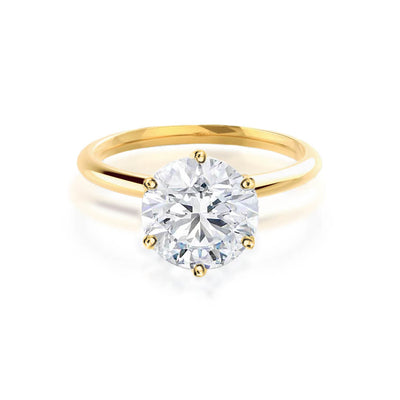Overbites, gaps between teeth, and misaligned teeth are orthodontic problems that can affect your smile, confidence, and general oral health. Thankfully, developments in orthodontics provide a variety of options, from traditional metal braces to nearly undetectable aligners.
medhealthgo | puremedaid | wellnessfitgo | fitnessvitaly | vitalmednet
Yet it might be daunting to choose the best alternative when there are so many available. If you live near High Point, North Carolina, you can visit then look for dentist high point nc; you will easily get your dental solution from there. Together, we will examine the top 5 types of braces that can help you achieve a healthier, straighter smile.
Metal Braces
Conventional metal braces are still a common option. Each tooth is bonded to a small bracket using arch wire connections. Positioning is gradually adjusted throughout one to three years of tightening treatments. Metal braces are effective, although they might temporarily prohibit some meals and need careful cleaning. Decorative colored rubber bands or ties cover up brackets.
businesstlkjest | Race-Casino | clicknaturephoto | adultshowbiz | theautospaces
Ceramic Braces
Ceramic brackets that are clear or match the color of teeth offer a less obvious substitute for metal ones. Because they are made of sturdy ceramic materials, they function the same yet blend in more. Because they require particular materials, metal braces are significantly more expensive. The less noticeable look does not negate the requirement for routine cleaning.
Lingual Braces
Lingual braces are positioned behind teeth for maximum discretion and use brackets that are affixed to back surfaces. They appeal to elderly patients, as they are only visible with broad smiles. On the other hand, lingual braces might be more costly and provide greater difficulties for orthodontists.
Linguistically discreet braces are particularly attractive to older patients since they conceal the wearer’s orthodontic therapy. This makes it possible to straighten teeth discreetly without attracting attention when conversing or interacting with others.
Clear Aligners
Teeth can be straightened without the need for permanent equipment with removable, transparent plastic aligners like Invisalign. Patients use them for an average of 22 hours every day, changing them every two weeks. For best results, aligners must be worn as prescribed even if they are removable. Although there are initial charges, wire adjustments are avoided.
Remote Teeth Movement
Customized aligners or dental equipment are used in experimental orthodontic treatments to progressively move teeth remotely—brackets are not needed. These methods, which are still in development, are meant to need fewer office visits and be less noticeable than braces. It has to be closely watched by an orthodontist.
Embrace the Smile You Deserve
There is a great brace out there ready to change your smile, regardless of your preference for a subtle, innovative approach or a traditional, dependable alternative. You’re opening the door to a more self-assured and healthy version of yourself by giving your dental health priority and investigating your choices. Recall that making wise decisions leads to a dazzling smile, so start researching your options now to lead to a future that is straighter and brighter!
realmrumor | liveshowideas | admediastudio | couriercompaniez | newztalking
Conclusion
To correct teeth, orthodontists have a variety of options, including ceramic, metal, lingual braces, and clear aligners. If you live near Richmond, Virginia, you can visit then look for orthodontics richmond, va; you will easily get your dental solution from there. The choice is influenced by elements including price, attractiveness, and specific oral demands. Appropriate tooth alignment and placement for oral function and attractiveness are guaranteed by routine orthodontic therapy.
BlogBloomhub | healthvipros | netwymanblogsonline | extremesportsgoons | pokersperk



